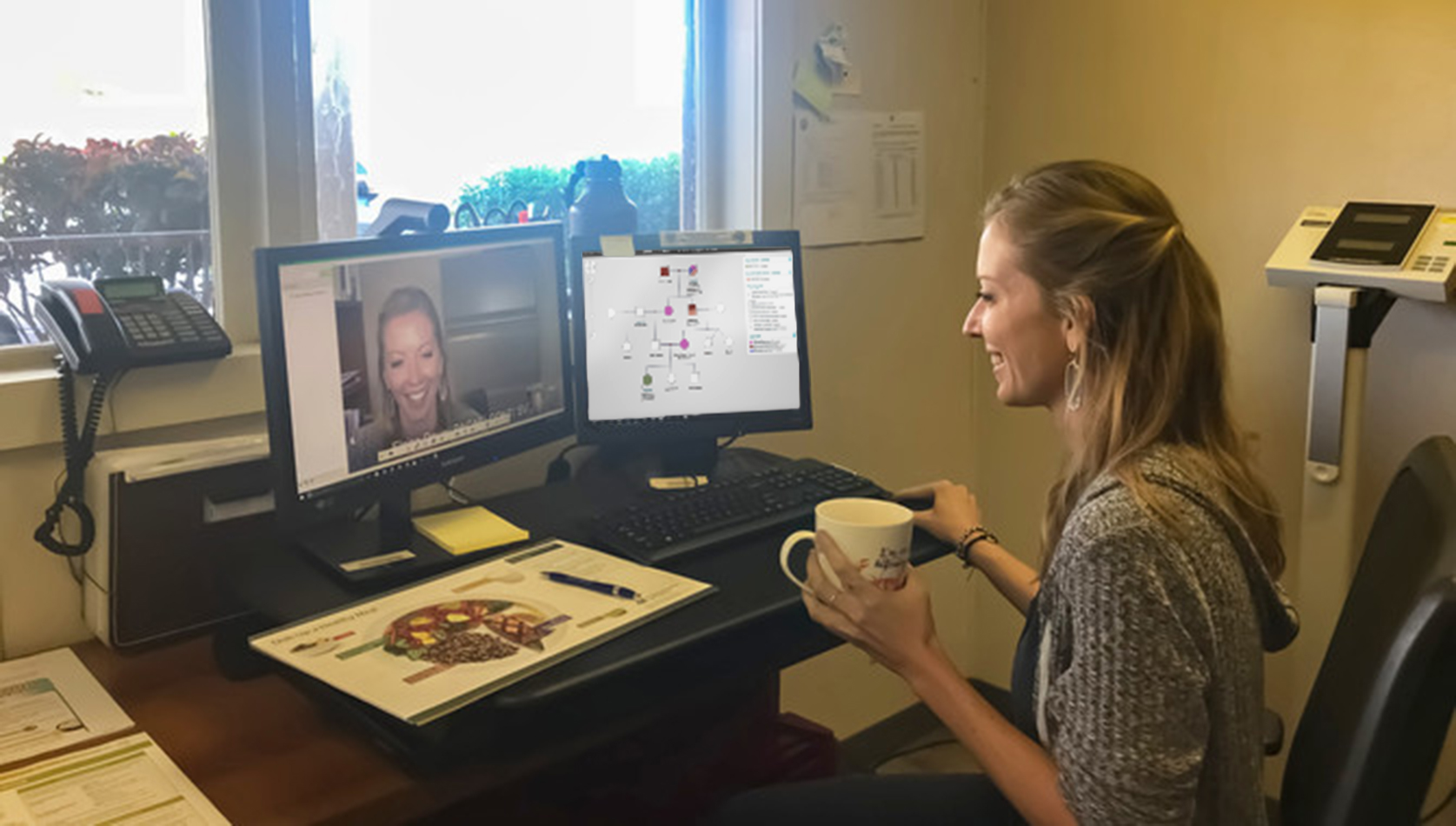Whether you're under lockdown or stay-at-home orders, you’ve been forced to adapt. Offices are now your desk or kitchen table, meetings are now virtual, and, unless you’re on the frontlines, healthcare has become telehealth.
By now you’ve read more articles than you can count listing tips for working at home: create a schedule, stick to your designated work area, take breaks. But none of these articles state the obvious. To continue offering quality care you must adopt software that digitizes your current workflow.
Forget the digital future, it’s the digital present now. There’s no time to reinvent the wheel. Genomic medicine needs software that takes what is already working and makes it digital. This is our goal at PhenoTips.
Without digital workflows genetic clinicians use a combination of electronic health records (EHR) and paper, doubling their administrative workload. Redundant data entry, tedious paperwork and scanning, results in more time spent on administrative tasks than patient care. Hospitals may have managed despite this inefficiency before the pandemic, but now that staff are working from home, away from their EHRs and filing systems, they’re forced to adjust.
The transition to remote work has been challenging for everyone, but for the early adopters already using digital workflows, teams continue to collaborate and offer continuous patient care despite the chaos. At Great Ormond Street Hospital (GOSH) in London, UK, the genetics department used to access PhenoTips with a single sign in through their EHR, Epic. Now that work is remote, they continue to work uninterrupted, by taking advantage of the software’s ability to act as a standalone database for genomic service.
“PhenoTips has enabled us to do telephone and video clinics from home during the Covid 19 pandemic,” says Dr. Ajith Kumar, Consultant in Clinical Genetics at GOSH, “we also do MDTs from home, sharing the PhenoTips screen, especially when discussing cancer genetics patients.”
Dr. Guylaine D'Amours, Medical Genetics Resident at Université de Montréal, has noted a similarly smooth transition at CHU Sainte-Justine.
“There is no difference in using PhenoTips at the hospital and at home,” she says, “there has been no gap. It is easily accessible.”
A modern, digital workflow has also allowed for the life-saving research projects, like the Undiagnosed Disease Network (UDN), to continue seamlessly.
“Since our instance of PhenoTips can be accessed remotely, UDN clinicians and researchers have continued to be able to use this tool during this unprecedented time,” says Kimberly LeBlanc, Associate Director of Research Operations at the UDN in Boston, MA. “Teams within and across sites have been able to access information via PhenoTips and continue analysis and operations.”
This is a time of great change, and with change comes momentum. What you do with this momentum is up to you. Will you return to inefficient but familiar workflows, wasting countless hours entering the same information in multiple locations? Or will you harness this momentum to drive genomic care forward?
Think fast, the digital future is here.
